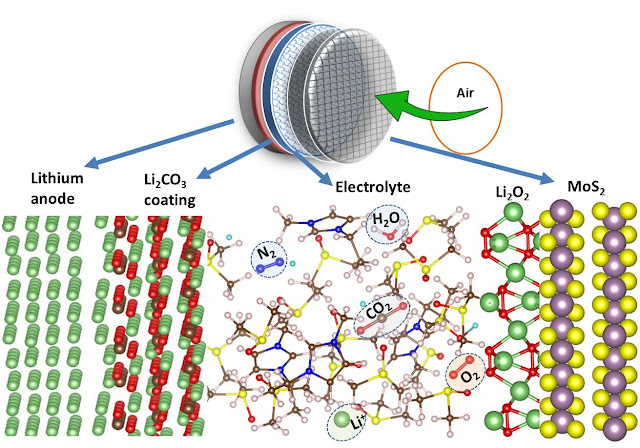A brain–computer
interface (BCI),
sometimes called a neural-control
interface (NCI), mind-machine interface (MMI), direct neural interface (DNI), or brain–machine
interface (BMI), is
a direct communication pathway between an enhanced or wired brain and an external device. BCI differs from neuromodulation in
that it allows for bidirectional information flow. BCIs are often directed at
researching, mapping, assisting, augmenting, or repairing human cognitive or
sensory-motor functions.
Research on BCIs began in the 1970s at the University of California,
Los Angeles (UCLA) under a grant
from the National Science Foundation, followed by a contract from DARPA. The papers published after this research also mark
the first appearance of the expression brain–computer interface in
scientific literature.
The field of BCI research and development has since
focused primarily on neuroprosthetics applications that aim at restoring
damaged hearing, sight and movement. Thanks to the remarkable cortical plasticity of the
brain, signals from implanted prostheses can, after adaptation, be handled by
the brain like natural sensor or effector channels. Following years of
animal experimentation, the first neuroprosthetic devices
implanted in humans appeared in the mid-1990s.






























